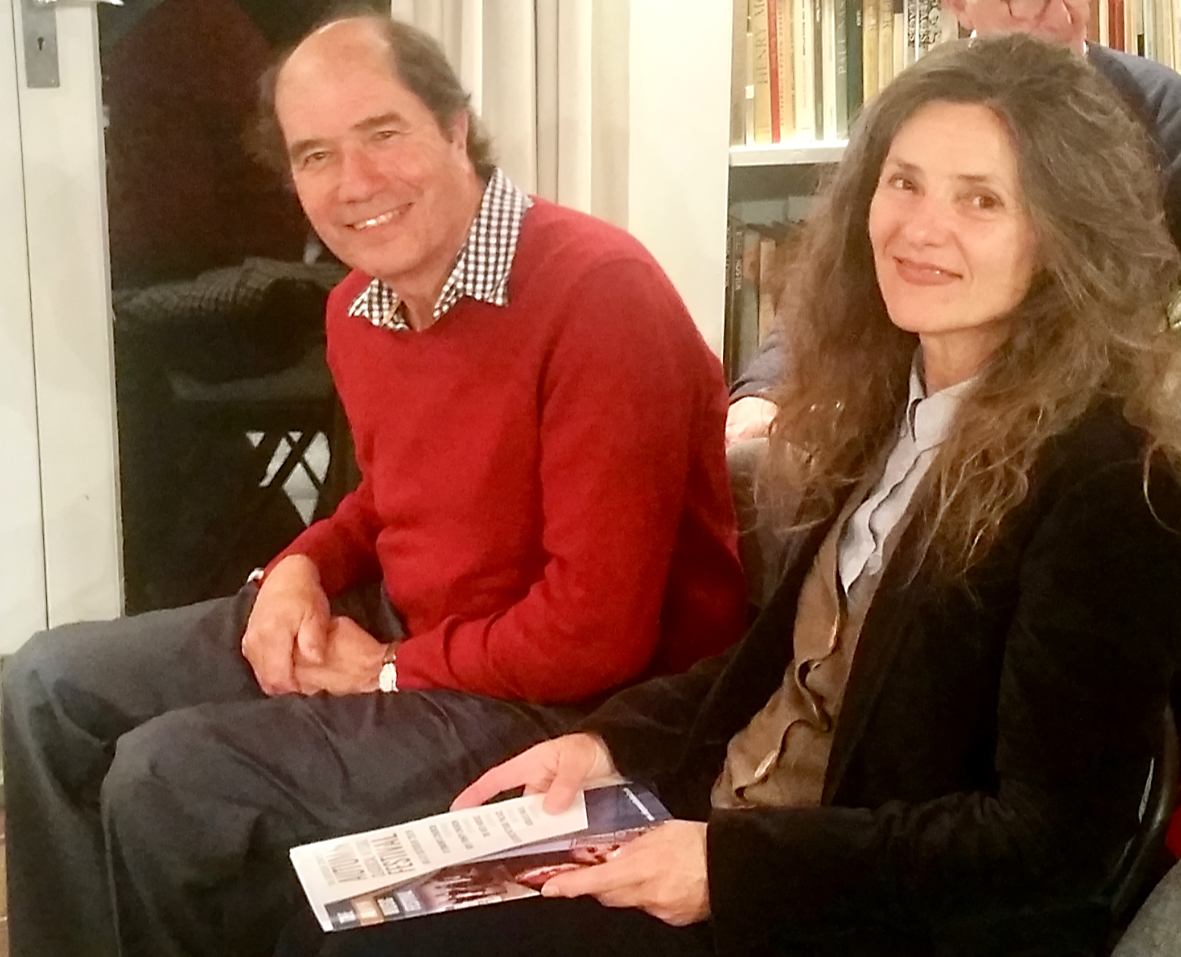Quad speakers at the Red House for a Berkeley concert
Audio designer Rupert Robertson offers a personal view of a concert of recorder music by Lennox Berkeley in Aldeburgh 2020.
The recorder concert provided a great opportunity to hear two Berkeley premières in the company of a distinguished audience in the home of Benjamin Britten and Peter Pears. Although I hadn’t been to the Red House before, I knew Aldeburgh from having played the cello in a youth orchestra at one of the first summer festivals of the Britten-Pears School for Advanced Musical Studies in the 1970s. I remember playing in a performance of Britten’s Young Person’s Guide to the Orchestra – and sitting with Imogen Holst in the otherwise empty Snape Maltings concert hall during rehearsals of The Planets, wondering why her father had left some of the planets out.
On the way to Aldeburgh, thanks to a little planning ahead, I was able to tow my LS6 glider in its trailer to the old USAF Wormingford base for its yearly Certificate of Airworthiness at Essex Sailplanes. This old WWII base is now a gliding club and an interesting place to visit on a sunny day.
Arriving at the Red House I enjoyed meeting LBS members, and also the welcoming hospitality and refreshments in the entrance and Gift Shop area, where Michael and Elizabeth Berkeley and I bought a number of interesting postcards. Sarah Bardwell, Chief Executive of the Britten-Pears Foundation, whom I’d met several times before, as she has supported our various LBS events, showed us around the Library, Gallery and the Archive Building, and introduced the recorder players John Turner and Laura Robinson and the pianist Nathan Williamson.

Originally the library was not only a live performance room for Britten and Pears but also a listening room, with Quad Electrostatic loudspeakers mounted high up at one end of the room. Presumably these would have been used with the matching Quad amplifiers of their day, to produce the best reproduced music then available. The Britten and Pears Quads would have produced a closer facsimile than most big box loudspeakers – though they mightn’t have rocked to the ‘Queen Live’ album.
The electrostatic speaker principle is, in many ways, more refined than the more conventional ‘moving paper cone’ arrangement which most of us are used to – the speaker boxes in the corner of the room. The Quad Electrostatics might not excel, or even suffice, in the lower frequency areas (i.e. bass), but they do exhibit a fine delicacy and speed of response that allows the listener to hear deeper inside the music, with an increased sense of poise, detail retrieval and silences across virtually all frequencies.
I was surprised by how much I enjoyed the concert itself, as the recorder, on its own, would not normally have been my first choice. Sitting close to the performers in the intimate setting of the Library demonstrated well the effect of intermodulation distortion, caused by two identical instruments playing nearly, but not exactly, the same note simultaneously, so they sound as though they are beating against each other in a competing manner (which, in the audio world, is usually classed as distortion). One of the reasons that a professional choir, or at least a very good one, can sound so much better than a lesser choir is because of the finer pitch tuning which minimises this phenomenon.
After leaving the Red House I went for a brief walk on the shingle of Aldeburgh beach and remembered that when first visiting Snape all those years ago we were allowed fish & chips by the lifeboat in between rehearsals.
It was at that same youthful period in my life that I bought one of my first volume-control components to build an amplifier, and, although things have progressed since then, I’m still essentially doing the same thing now. The trend for reproducing music in audio equipment has been from 1960s and 70s valve- or transistor-based amplification towards smaller and really solid-state equivalents, with even some digital amplifiers sounding good too. Simultaneously there’s been a trend back to using early valve or transistor designs in rebuilds with modern materials that were either unavailable at the time, or were unreliable.
From the beach I was happy to phone Lennox’s son Julian and update both Julian and Tony Scotland on details of the evening, and my thanks go to all involved for a memorable event. I was then able to Alfa Romeo my way back to London at 100mph on empty roads.